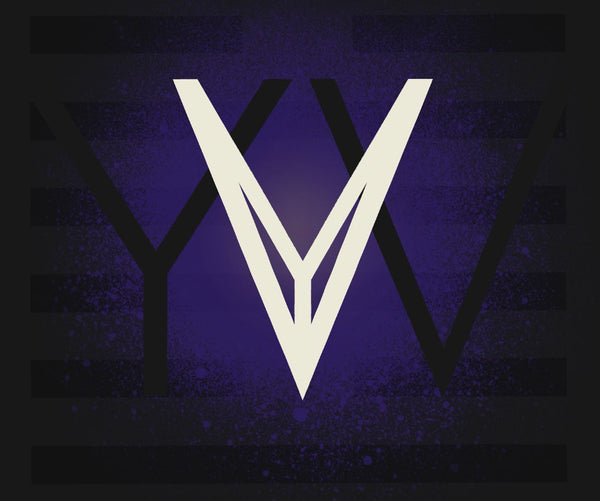Maximizing Lesson Planning Efficiency: Testing Trello and Notion Against a Manual Method
Lesson planning is a cornerstone of interpreter education. It shapes instructional flow, ensures alignment with learning outcomes, and keeps both educators and students organized. However, building multiple, detailed lesson plans week after week can be time-consuming and mentally taxing. For this test, I compared two productivity tools, Trello and Notion, against my traditional manual method in Microsoft Word. My aim was to determine which tool would most effectively reduce planning time, improve organization, and create reusable teaching assets.
Testing Process
The task was to create five lesson plans for an interpreter training course. I completed this three times: first with my usual manual method, then using Trello with Butler automation, and finally with Notion’s pre-built lesson plan template.

Analyzing the Tools
Manual Method (Word Doc)

The manual method is familiar but slow. Organizing lessons requires scrolling through pages, and finding past plans for reuse is cumbersome. While it works in a pinch, it lacks scalability and efficiency.
Trello

Trello excelled in visual organization. Each lesson plan was represented as a card, grouped into lists for “Ideas,” “In Progress,” and “Ready to Teach.” Butler automation reduced repetitive clicks, moving cards automatically once checklists were complete. Trello’s visual clarity made it easy to see the week’s plan at a glance, and attaching resources directly to cards eliminated searching through folders.
Notion

Notion provided a structured, database-driven workspace for lesson plans. I could embed objectives, resources, and assessments directly in one place. Filtering by week or skill made retrieval simple, and the ability to link lessons to broader curriculum goals was powerful. However, setup took slightly longer, and the interface was less instantly visual compared to Trello.
Criteria for Evaluating Productivity Tools
Scholars and professionals often evaluate productivity tools using:
-
Efficiency gains — measurable time savings and reduction in repetitive actions (Lajoie & Poitras, 2017).
-
Usability — intuitive navigation, clear layout, and minimal learning curve (Lewis, 2018).
-
Integration and reusability — ability to link to existing workflows and repurpose content (Ertmer et al., 2012).
-
Collaboration support — features that allow multiple users to contribute and stay aligned in real time (Zhou & Brown, 2015).
Interested in learning more about what criteria actually leads to increased productivity? Check out the International Organization for Standardization (2020) and read about their ergonomics of human‑system interaction.
Insights from the Literature
Research suggests that digital productivity tools not only save time but also support cognitive offloading, allowing educators to focus on higher-order instructional decisions rather than administrative tasks (Kirschner, 2017). Tools that integrate visual planning with embedded resources, such as Trello, tend to improve project tracking and retention of organized content. Similarly, structured databases like Notion enhance knowledge management by making lesson materials more retrievable and adaptable (Weller, 2020).
Recommendations
Both Trello and Notion significantly outperformed my manual method. Trello’s strength lies in fast setup, clear visual organization, and automation. Notion’s strength is its rich content structuring and powerful search and reuse capabilities.
For educators who value speed and visual clarity when planning, Trello is the stronger choice. Its automation features make it especially efficient for repetitive weekly lesson planning. Notion remains an excellent secondary tool for deep curriculum archiving and linking lessons to long-term instructional goals.
For my workflow, I recommend Trello as the primary tool for lesson planning efficiency, paired with Notion for long-term content storage and retrieval.
References
Ertmer, P. A., Ottenbreit-Leftwich, A. T., & Tondeur, J. (2012). Teacher beliefs and uses of technology to support 21st-century teaching and learning. Journal of Research on Technology in Education, 44(4), 403–424.
International Organization for Standardization. (2020). ISO 9241‑110: Ergonomics of human‑system interaction — Part 110: Interaction principles. ISO.
Kirschner, P. A. (2017). Stop propagating the learning styles myth. Computers & Education, 106, 166–171.
Lajoie, S. P., & Poitras, E. (2017). Curricular and instructional implications of productivity tools. Educational Technology Research and Development, 65(3), 579–584.
Lewis, J. R. (2018). The System Usability Scale: Past, Present, and Future. International Journal of Human–Computer Interaction.
Weller, M. (2020). 25 years of Ed Tech. Athabasca University Press.
Zhou, M., & Brown, D. (2015). Educational learning theories: 2nd edition. Education Open Textbooks.
